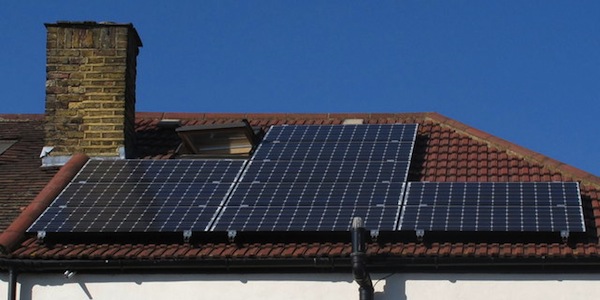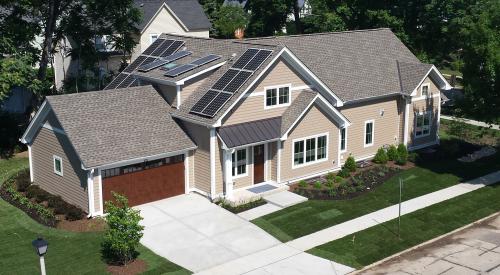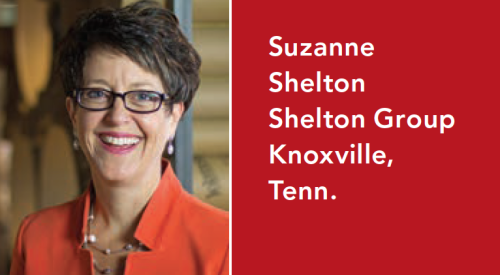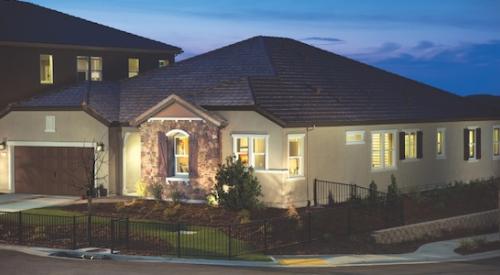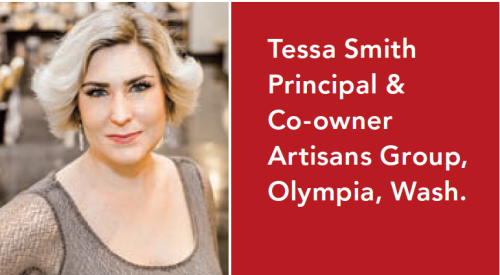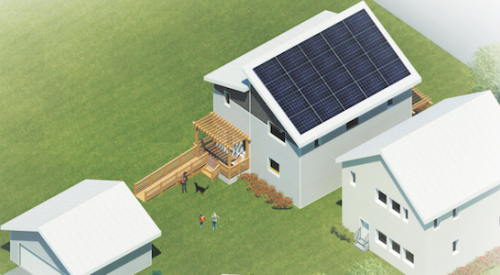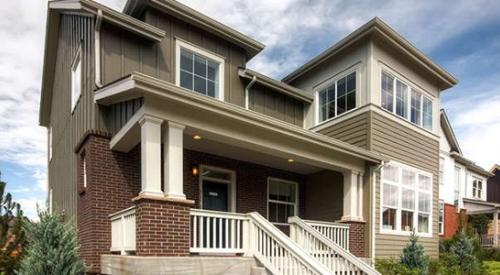Maureen Mahle is an engineer and building scientist who supports clients seeking to comply with green building programs. After more than a decade in the field, she has played a role in certifying more than 6,000 green homes and apartments in 10 states with more than 9,000 projects in progress. She led the sustainability team on one of those projects—a South Bronx affordable housing complex—that became the subject of a Mount Sinai School of Medicine study, which found that LEED Platinum-certified buildings have a beneficial effect on respiratory health.

Q: How did you get your start in green construction?
A: My grandparents were big naturalists, so we grew up with a strong connection to nature. My father built the house in southeastern Minnesota that I grew up in. It was in the early ’70s—passive solar design, heated by a woodstove, that kind of thing. I grew up working on the family’s renovations of older homes, and I was good at math, so I decided to study engineering. I found my way into the civil engineering program at the University of Wisconsin-Madison and minored in environmental studies. I guess I was trying to create my own sustainability course of study. I wrote all my papers on the green building stuff David Gottfried and Judith Heerwagen were working on. This was in the ’90s, when [the U.S. Green Building Coalition] was just gearing up for LEED. Today there are fantastic college programs geared toward sustainable design and construction, but not so much 20 years ago.
Q: What is the biggest or most frequent myth or obstacle you encounter concerning building green?
A: The myth that renewable energy—photovoltaics and so forth—makes a building green. There’s nothing wrong with PV; it’s a great strategy. But it doesn’t belong on a building unless that project has already incorporated good building science principles and aggressive energy-efficiency measures.
Q: What is the link between green certified buildings and healthy living for the occupants?
A: “Green” is the term we’ve adopted for trying to make almost everything about the building better. Green means water efficient, energy efficient, durable, socially equitable, ecologically responsible, plus safe and healthy. Health has always been a part of green building, primarily through indoor air quality, but now the topic of healthy living for occupants is getting more attention than ever before—and deservedly so. Our society has a lot of buildings and a lot of health problems, and a growing body of studies show that the two are related. The trouble has historically been that our medical experts don’t understand buildings, and our building experts don’t understand health. Green building provides a platform where the public health folks can talk to the building science folks and figure out ways to make realistic improvements.
Q: What project will you be working on next?
A: We are just starting work on the master planning phase of a continuing care retirement community (CCRC) in Sandy Spring, Md. The CCRCs are amazing candidates for green buildings. They are committed to long-term ownership and operation of a facility, which makes the resource efficiency stuff a slam dunk, but they also have a strong commitment to promoting the health and safety of their residents. This project is an interesting mix of renovation and new construction, with a bunch of wonderful natural features on the site that will play an important role in the master plan. The community already has a strong tradition of environmental stewardship where they do things like large-scale composting for their multi-acre garden. We’re exploring Passive House and other options as part of the sustainability vision for the project. PB
